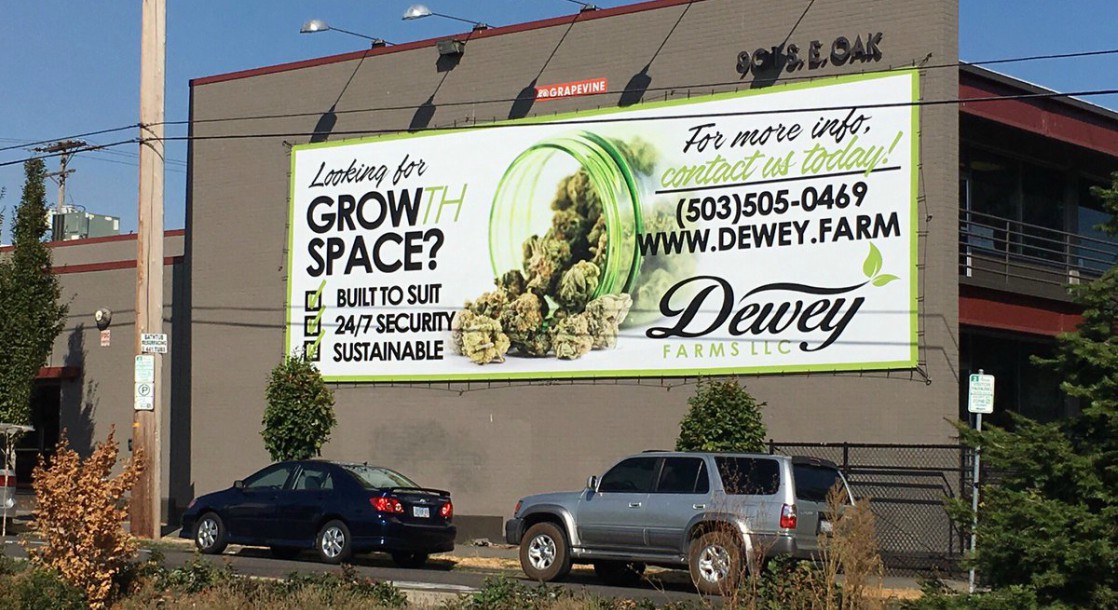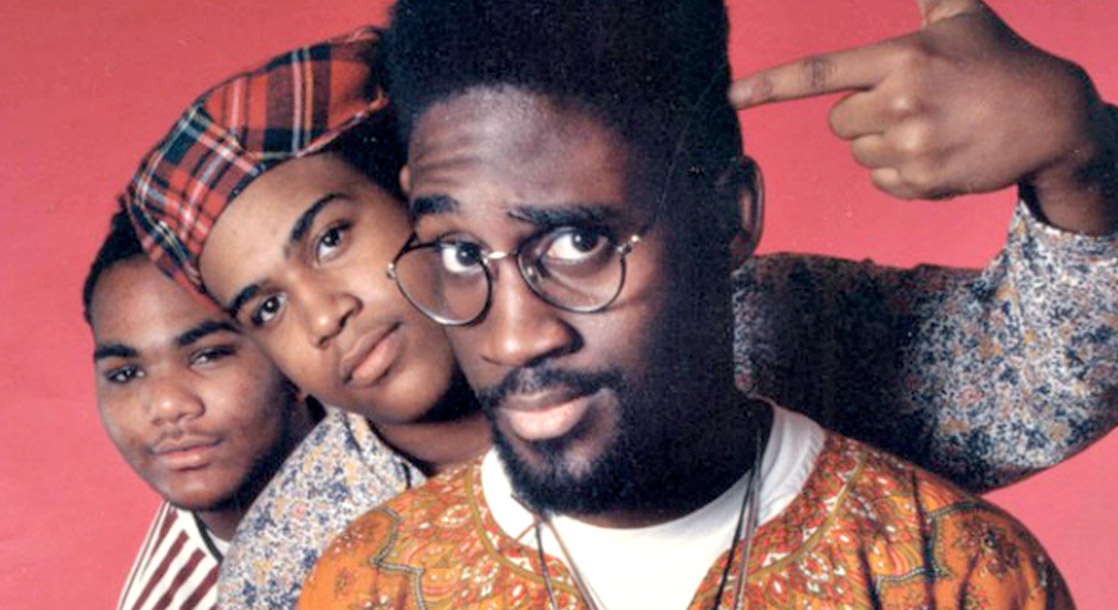Lead photo via Twitter user Dewey Farms
As legal cannabis continues to make headway integrating into society's mainstream, industry entrepreneurs and regulators in 420-friendly states have had to switch gears, turning their collective attention away from public smoking arrests and small-time dealing, to the bureaucratic red tape wrapped around issues like licensing, pesticide testing, and driver safety. As part of that shift from criminal concerns to administrative action, new studies from every corner of the legal weed world have finally been able to shine some quantitative insights into what's happening on the ground with the previously outlawed plant.
In a study published in the American Journal of Public Health, researchers from the Oregon Health Authority sussed out the facts behind one of the green rush’s most controversial topics: advertising. Using federal funds from the National Institute on Drug Abuse, public health officials surveyed over 4,000 Oregonians about their exposure to cannabis advertisements in the first year after legal sales started, and found that while danks ads were plenty prevalent across the state, the commercial pushes didn’t necessarily influence residents to pick up the pipe.
Like alcohol and tobacco before it, the cannabis industry has had plenty of detractors, arguing that billboards with pictures of big fluffy buds or edibles shaped like brownies might attract children to the drug, or spread the wrong idea about a substance that, in some states, is legal strictly for medical use. Unlike big tobacco or the liquor industry, who used characters like Joe Camel and advertised flavored malt liquor for years before strict legislation was enacted to corral the image of those deadly products, the cannabis industry has not had that same benefit of ignorance, with local and state officials challenging legal weed ads in states like California and Washington soon after legalization.
According to the research from Oregon public health experts, a little over half of all respondents said they encountered legal weed advertisements during fall of 2015 and spring of 2016, with those numbers breaking along the same halfway mark across all of the study’s demographically-sorted gender, race, and age cohorts; yet their exposure didn't make them more likely to pick up some pot.
Even when it came to cannabis teetotalers, slightly more than 50% of sober Oregonians say they recall seeing cannabis ads during that same period, suggesting that a dispensary billboard might not have the same influence as anti-cannabis advocates have claimed in persuading non-users to give the plant a try.
“Most adults reported exposure to marijuana advertising following the start of retail marijuana sales in Oregon,” the report concludes. “People who do not use marijuana and those aged 18 to 24 years were as exposed to advertising as other groups.” Even areas with higher quanities of cannabis ads didn't experience changes in use.
In addition to the findings about commercial advertising exposure, the study looked at exposure to “marijuana health risk messages,” with the state’s required point-of-sale warnings about cannabis use during pregnancy, child safety precautions, and DUI warnings representing a vast majority of those engagements.
In line with the Surgeon General’s warning on tobacco advertisements and the “please enjoy responsibly” tagline that accompanies every beer and liquor commercial, cannabis companies have already started getting in front of the touchy subject of public presence, with California cannabusiness Organa Brands teaming up with a local SoCal airport to put cannabis safety ads in the TSA security trays, reminding residents and tourists alike to “Leave it in California.”
Even with the Oregon study representing a significant piece of evidence in the argument that public legal weed advertising does not cause the reefer madness some politicians expected, the issue of cannabis commercials is far from resolved.
With more brands entering the ruthlessly competitive green rush every day, cannabis companies are faced with an interesting challenge: to both differentiate their brand from so many others, while simultaneously trying their best to meet even de-facto standards of accepted public imagery for the controversial product. But with the federal prohibition on pot still standing, states will need to continue developing their own standards for the acceptable marketing of marijuana.
(h/t Marijuana Moment)
Follow Zach Harris on Twitter











